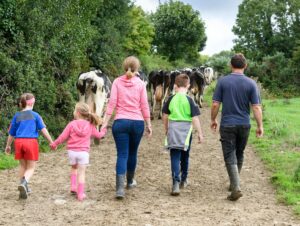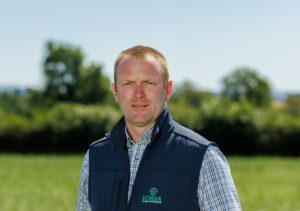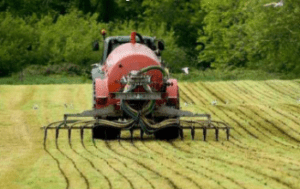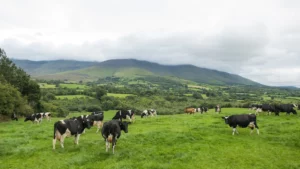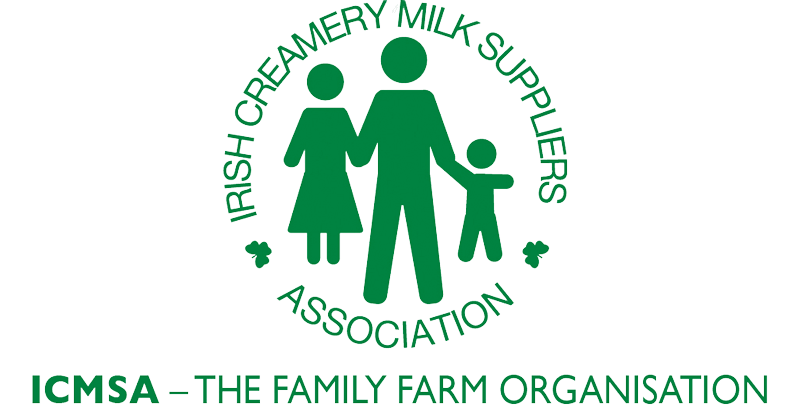
Water Quality
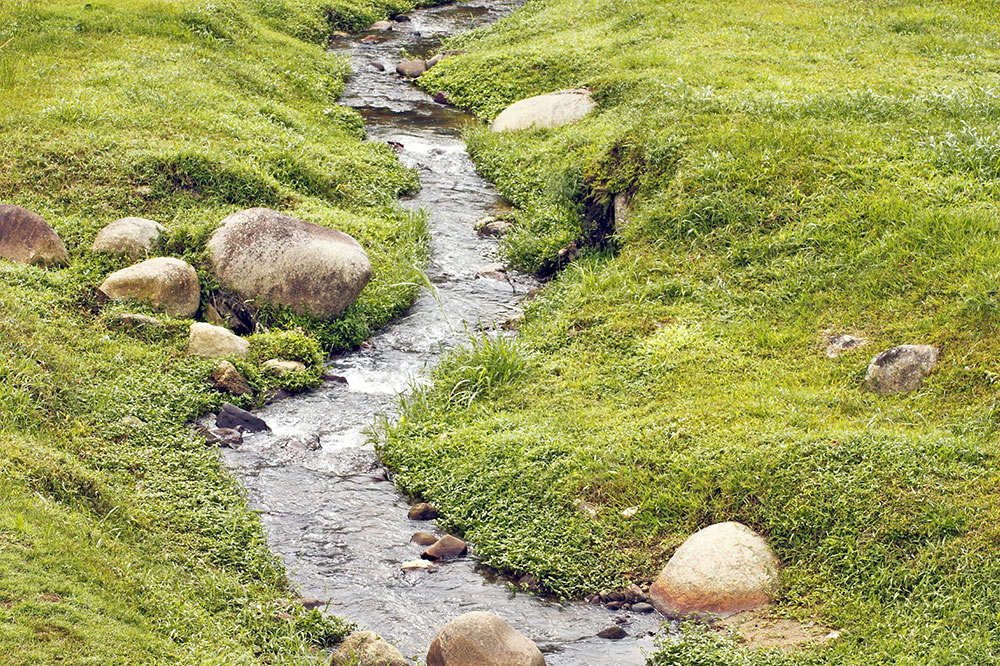
ASSAP – Agricultural Sustainability Support and Advisory Programme
Commencement of programme to tackle water quality
Every four years the nitrates directive is reviewed. As part of this the river basin management plan is revised to inform the EU of the water quality in Ireland. Both of these documents were reviewed in December 2017. Unfortunately, the river basement management plan indicated that many of our catchments were at risk of losing their good quality status. Consequently, it was decided that a programme would be set up to improve the water quality of 190 catchments (from a total of 4,829) over the next four years.
The programme involves multiple stakeholders including Local Authorities, EPA, Teagasc and Dairy Co-ops. The aim is to improve the water quality of these catchments by working together without the need for penalties or restrictions. Between 40 and 60 catchments will be assessed each year and the procedure for each catchment is as follows:
-
Catchment will be selected and local meetings will be held to inform the locality of the process.
-
Environmental scientists from the local authority will walk the catchment and take samples throughout to determine the water quality. Using this data, local knowledge and data previously collected they will identify the pressures within the catchment that threaten the catchments water quality.
-
This data is passed onto the local authority. If the pressure source is a domestic issue or industrial staff from the authority will visit the pressure owner and give recommendations to rectify the issue.
-
If the pressure source is attributable to agriculture an advisor from either Teagasc or the coop will visit the farmer. Twenty advisors have been employed by Teagasc for this specific purpose and ten more are employed by the coop. On the farm visit the advisor will, with the assistance of the farmer identify the main source of pollution to the catchment and make recommendations on how to fix it. Likely examples include the avoidance of spreading slurry or fertiliser near a waterway, keeping livestock away from rivers and streams and minimising poaching near a waterway amongst others.
-
A draft of actions will be agreed by the farmer and the advisor to be acted upon. In many cases these will be simple adjustments to management practices that is some cases may even save the farmer money. For example, better use of fertilisers to minimise their runoff into water ways. There will be no penalty imposed on the farmer.
Latest Headlines
- Sections
Contact Us
Telephone
+353 (0)61 314677
Address
ICMSA Head Office
John Feely House
Dublin Road
Limerick
V94 KX38

